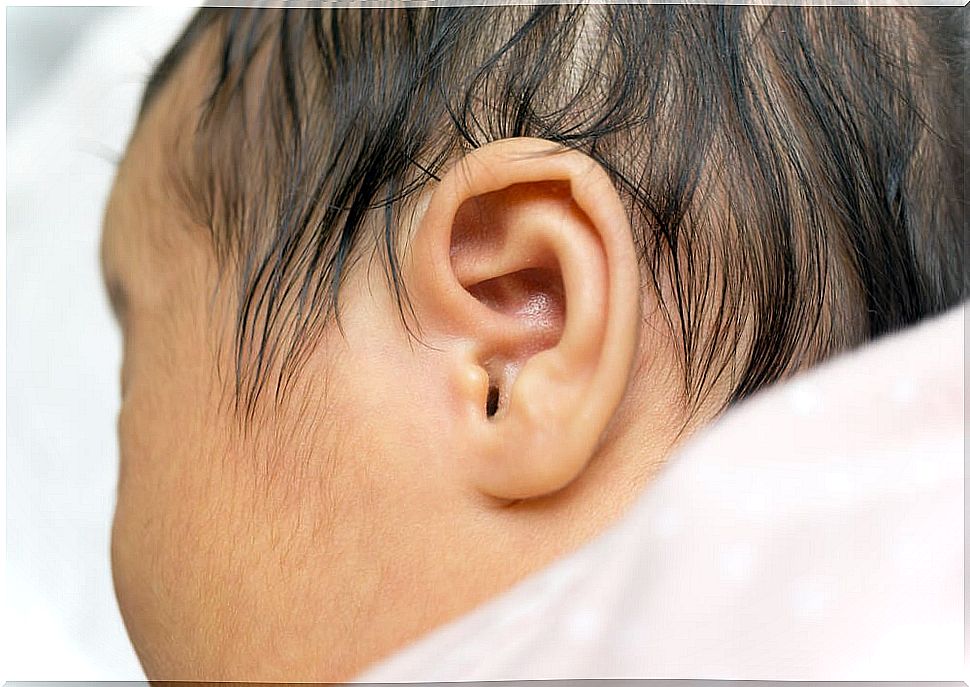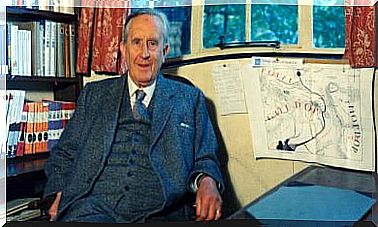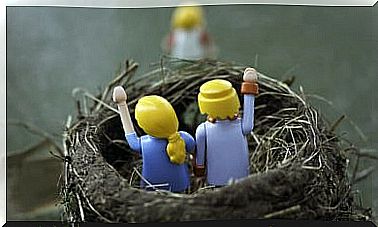Communication Systems For Children With Deafness

To promote and reinforce the learning of oral language in children with hearing problems, it is important to teach them some communication support system. For this reason, we have prepared this article on communication systems for children with deafness.
The decision to use one or the other system depends on the families. Therefore, parents of children with deafness should take into account the characteristics of their children and inform themselves about all the options before making a choice.
What are communication systems for children with deafness?
Communication systems, also called alternative and augmentative communication systems, are an instrument of speech therapy and education. These communication systems are made up of a structured set of non-verbal codes.
Its purpose is to be able to provide deaf children with communication:
- Functional.
- Spontaneous.
- Generalizable.
Thus, there are two types of communication systems:
- With help : they require technical and external resources.
- Without help : it is necessary to use the own body and external elements do not intervene.

In this sense, it should be noted that children with deafness must use communication systems without help, as reinforcement to facilitate their communication. Therefore, below we present the main systems used by this group.
Types of communication systems for children with deafness
Sign language
It is a communication system for children with deafness used to support the oral language of children. Therefore, it serves to establish a communication channel with the social environment. Sign language is a non-vocal form of verbal language, based on the performance of gestures:
- Manuals.
- Corporal.
- Expressive.
- Lipstick.
It is made up of signs that can be:
- Arbitrary, the meaning of which can only be extracted if the language is known.
- Inconic, which can be guessed by a person who does not know the meaning of the sign.
It should be noted that sign language is not universal, there are differences between some countries and others, and even within the same country there are different dialects.
Bimodal communication
The bimodal communication system consisting of the use of an oral modality together with a visual one to communicate. That is, oral speech and manual signs are used simultaneously. These signs are usually taken from the sign language lexicon.
The use of gestures favors the understanding of messages in children with deafness or low hearing, since they often have difficulties developing auditory memory. But if the verbal message is accompanied by the corresponding signs, their visual memory is also used, which is usually of better quality.
This communication strategy does not follow certain implementation rules, so the methodology and signs used vary depending on the characteristics of each child.
P ord Complemented
The complemented word is a communication system that combines lip reading with information from manual complements. Thus, these specific gestures have no meaning apart from lip reading, therefore, they act as a complement to the speech acquired by the meaning when combined with it.

Manual add-ons are made up of three parameters that are perceived simultaneously:
- The positions of the hand on the face: what the vowels represent.
- The way the hand is placed: to represent the consonants.
- The movement of the hand : which can be smooth and brief, to accompany a direct syllable. Or short and energetic, to accompany any consonant that is not within that syllable.
Fingerprint alphabet
The fingerprint alphabet is a communication system for deaf or hard-of-hearing children that consists of the manual representation of each of the letters that make up the alphabet. Thus, a specific shape of the hand corresponds to a letter of the written alphabet.
Therefore, it can be said that it is a form of writing in the air rather than on paper. To carry it out, the dominant hand is used and the movements are executed at the level of the chin. Its performance is complemented by oral language, so it is necessary that the face and mouth are visible.
In this way, through sign language, any word, no matter how complicated, can be transmitted to deaf people. In fact, it is often used to spell proper names, oral terms that do not have an exact correspondence with a specific sign, etc.










